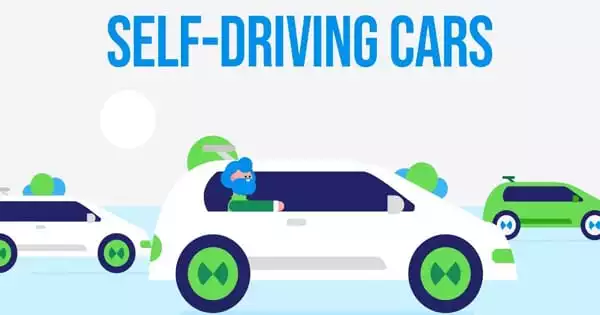An innovative method discovered by a University of Surrey project could significantly improve the performance of future electric vehicles (e-vehicles). Surrey has pioneered several approaches to torque vectoring in electric vehicles as part of the European Union’s STEVE project.
It is possible to deliver different amounts of drive power to each wheel in e-vehicles with multiple motors. This improves the power consumption, safety, and driveability of the vehicles. The process of calculating and optimizing the precise amount of power required while the vehicle is moving is complex; it necessitates detailed knowledge of the driving conditions ahead, as well as powerful onboard computing resources to deliver the data in real-time, making the techniques impractical for everyday vehicles.
The Surrey team has revealed advanced methods for improving torque vectoring that can be used in consumer e-vehicles. To improve the safety of e-vehicles, for example, the team developed a stability-control system that anticipates the curvature of the road ahead, allowing the car to brake ahead of time if it approaches a bend too quickly.
A recent project has revealed innovative methods that could dramatically improve the performance of future electrical vehicles (e-vehicles).
The use of electric vehicles and EV integration will skyrocket. By the mid-2020s, half of all new cars sold in Europe will be electric, with the rest of the world quickly following. However, the industry requires assistance in lowering the total cost of ownership, increasing vehicle range, and seamlessly integrating charging infrastructure. The various industry stakeholders involved face their own challenges in meeting this new demand.
Depending on the driving conditions, Surrey’s torque vectoring system combines a predictive control model with fuzzy logic to adaptively prioritize vehicle dynamics or energy efficiency. The team demonstrated that their model developed to simulate how a vehicle is driven, employing the so-called “pulse and glide” approach to reducing energy consumption, is beneficial in electric vehicles and cost-effective enough to be implemented in future e-vehicles.
The project is part of a EUR 9.5 million European Commission project that brings together 20 partners from across Europe to envision and develop a new concept in urban mobility. The project, which started in 2017, was completed in April 2021 and published various findings alongside a series of real-world demonstrations.

Professor Aldo Sorniotti, Director of the University of Surrey’s Centre for Automotive Engineering, stated: “This has been an exciting project that has allowed us to make significant advances in electric vehicle powertrain control. We believe that our work will enable new advanced torque vectoring techniques to be used in everyday electric vehicles, resulting in research that will directly assist drivers in the near future.”
One of the project partners, Riccardo Groppo, CEO of Ideas & Motion, stated: “It has been a pleasure to collaborate on the STEVE project with the University of Surrey. The technical collaboration, in particular, was critical to making progress on the inverter and control algorithm for the Light Electric Vehicle we developed. I believe we achieved excellent results, laying the groundwork for future collaboration.”
“This has been an exciting project that has allowed us to make some major advances in powertrain control for electric vehicles,” said Aldo Sorniotti, professor for the University of Surrey’s center of automotive engineering. “We believe that our work will allow new advanced torque vectoring techniques to become usable in ordinary electric vehicles, delivering research that will directly assist.”
The STEVE project is an $11.6 million project that brings together 20 European partners to develop new urban mobility concepts. The project began in 2017 and will be completed in April 2021. The project held demonstrations in various European cities to collect data on EVs and the consumer shift required to successfully integrate EVs into urban transportation systems.
















